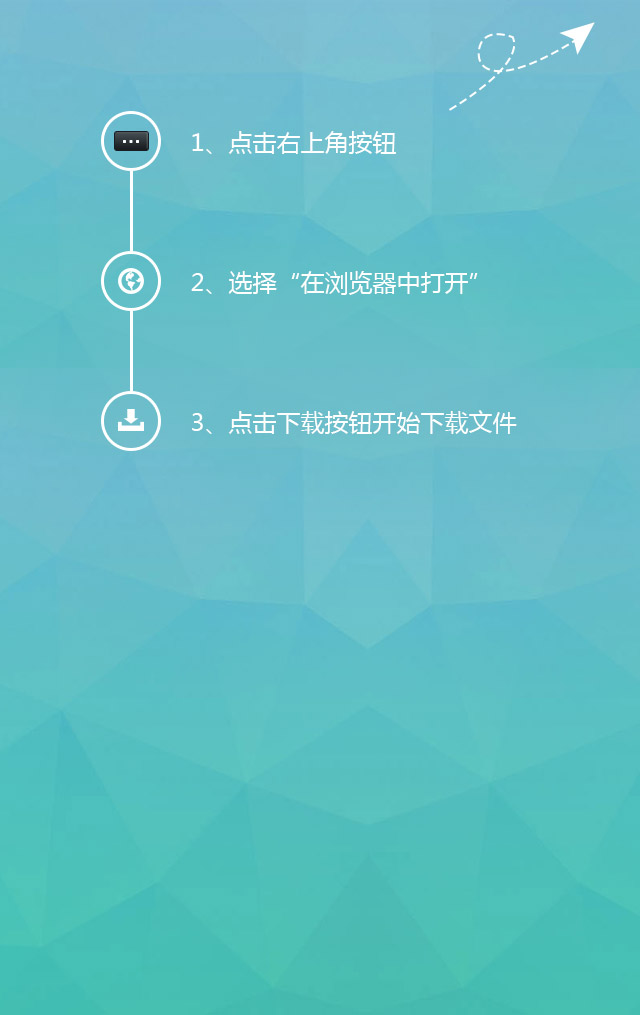Beyond Silicon - The Material Revolution Powering Solar's Future
Silicon dominates the solar landscape, but its reign faces limitations. While efficient and stable, pushing silicon cells significantly beyond their theoretical efficiency ceiling (~29%) is increasingly difficult and costly. This constraint is driving a profound material science revolution, seeking alternatives and synergies to unlock unprecedented performance and applications.
The most promising contenders are Perovskites. These synthetic crystalline materials offer astonishingly rapid efficiency gains, jumping from obscurity to lab records exceeding 25% in little over a decade. Their magic lies in tunability – scientists can engineer their structure to absorb different light wavelengths and their potential for ultra-thin, lightweight, flexible films. Imagine solar integrated into building facades, vehicle surfaces, or even wearable tech. However, the Achilles' heel remains long-term stability under real-world conditions (heat, moisture). Intensive research focuses on encapsulation techniques and compositional engineering to overcome this hurdle.
Simultaneously, Tandem Cells emerge as a bridge. By stacking different materials (like perovskite atop silicon), each layer captures a distinct part of the solar spectrum. Silicon harvests infrared and red light, while perovskite captures visible and ultraviolet. This synergy has already propelled lab efficiencies beyond 33%, shattering the single-junction silicon limit. The challenge lies in cost-effective, large-scale manufacturing of these complex multi-layer structures.
Beyond perovskites, niche but vital materials like Cadmium Telluride (CdTe) and Copper Indium Gallium Selenide (CIGS) offer advantages for specific applications. CdTe excels in cost-effective large-scale production and performs better in hot, humid climates. CIGS boasts flexibility and excellent performance in diffuse light. Research continues to reduce reliance on scarce or toxic elements within these compounds.
This material revolution isn't about replacing silicon overnight. It's about diversification. The future likely involves silicon for utility-scale power, perovskites for ubiquitous integration and tandem cells for ultra-high efficiency where space is premium. The quest hinges on marrying high efficiency with durability, manufacturability, and sustainability. Success will transform solar from rigid panels on roofs to an invisible, integrated energy fabric woven into our environment, fundamentally altering how we capture and utilize sunlight.
Zero Carbon,vape battery,battery cell,v battery,solar cell
Recommend
-

-

QQ Zone
-

Sina Weibo
-

Renren.com
-

Douban

